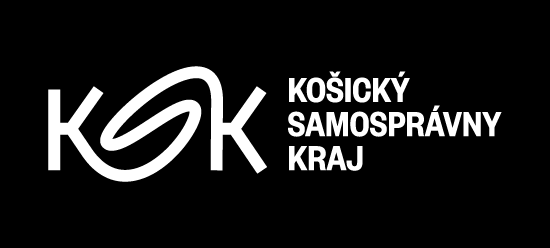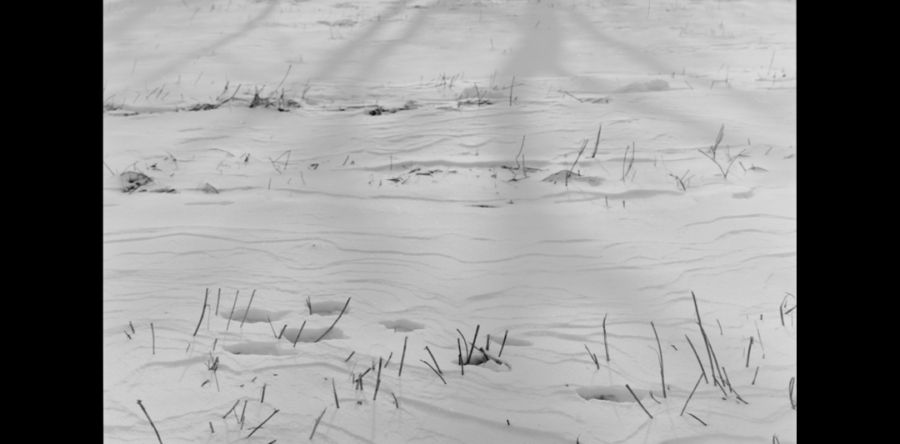Exhibition duration: 8th March 2024 – 1st September 2024
Curators: Zuzana Labudová, Miroslav Kleban
Exhibition space A, Hlavná 27, Košice
Zdeněk Smieško presents for the first time to the public a selection of his photographic work, mostly black and white photographs in a wide time span between 1970 and 2005. His work exists independently, yet it was created alongside and often through his pedagogical work at the School of Applied Arts Košice,
where he founded the Department of Applied Photography and worked all his professional life. Although he educated generations of students who became well‑known photographers, he himself remained in the background, devoted to his photographic talent and his pedagogical mission.
Today, his photographic archive consists of thousands of negatives and positives of photographs of people, landscapes, environments, and free photographs. He photographed the artists of the Košice scene as well. These photographs have something in common: they have never been presented to the public (except for a small segment of photographs of artists). In this exhibition project, the author
has compiled his own narrow selection from his comprehensive life’s work. The installation consists of nearly a hundred black‑and‑white and sepia photographs, grouped thematically into portraiture, landscape, reportage and free photography. It guides us through photographer’s thinking in text comments, where he presents his feelings and his individual path to the photographs.
SEE. Zdeněk Smieško sees, and thanks to his mediated cut‑out of the seen world, we can then see what he sees. It is always based on the existing and surrounding world, which he likes to receive and filter through his own narrative networks. According to him, objective reality does exist, it is here and now, it is his extract from it and a closer examination with the photographer’s vision. He discovers motifs — people, landscapes, still lifes, events, architecture — as already whole and complete. He does not manipulate them, does not insert additional content, does not stylize, or make them up, he lets them flow and thus excavate their meanings. The photographer adapts to the subject he sees and seeks exactly what the motif requires and needs for its seemingly self‑evident recording. He follows exclusively the line of the unpretended and immediate objective truth of his subjective seeing and feeling.
FEEL. Smieško’s photographs are stories. The author’s selection of photographs is therefore accompanied by his inner voice, which tells about circumstances, events, perception of the subject, different views. He describes how, through simple observation, he approaches the subject, discovers and feels it, and seeks
the right moment, time span, chooses a point of view, where suddenly the subject is both eloquent and precise. For the photographic expression of emotional layers, he chooses and mixes different approaches of artistic vision and language: sometimes it is minimalist, sometimes baroquely rich, but also as a reportage, factual, realistic, pictorialistic, painterly.
RECORD. Negative and positive, black and white, light and dark, and all the scales in between, seen through the photographer’s lens, are the means of photographic recording. Smieško obviously works with the sum of knowledge and practices on photography, yet also with the history of photography and with knowledge of the history of fine art — these are his natural professional tools. He only records the subject, it almost never poses for him; it is straightforward, found, and immediate. He chooses the means of recording according to the circumstances: a soft blurred interpretation of open landscapes and their flowing skies, such a compositional cut‑out of the landscape where in the empty space one can feel
the spirals of the wind, the layering of snow, the calm geological permanence of the rocks; he focuses on the detailed structures of the natural microcosm, he deploys matter‑of‑factness for the cut‑outs of urban landscapes and fragments of architecture. He records the immediate social situation he finds in its abandoned piled‑up relics; he makes an action reportage of a conscription exercise as a quickly set mirror to the senseless absurdity of a political regime.
The coherence of the work, stitched together from Smieško’s layered view of reality, shows the complexity of his personality as a photographer, who has worked in the background all his life, and presents with unexpected vigour his creative principles and his desire to see, feel, and record.
Zdeněk Smieško
He was born on May 5, 1950 in Olomouc. In the years 1967—1971, he studied at
the Secondary School of Applied Arts in Bratislava, Department of Applied Photography.
In the years 1980—1982 he studied externally at the Film and Television
Faculty of the Academy of Performing Arts in Prague. From 1971 to 2012, he
worked as a teacher at the Secondary Art and Industrial School and the School
of Applied Arts — Department of Applied Photography in Košice.




